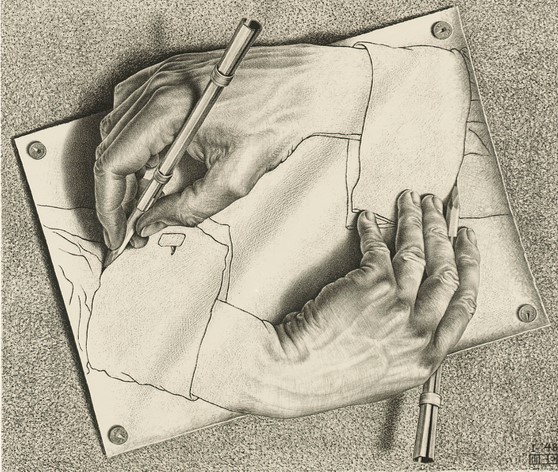
What’s the role of blockchain technology in the industrial Internet of Things?
This is a question I am frequently asked during my webinars, lectures, and casual conversations about Internet of Things. Many argue that blockchain technology is the missing element that will now fuel the rapid growth in IoT and bring the value we’ve been promised by vendors and pundits, while other observers believe that both technologies are still nascent and overhyped and will take time to mature and prove value.
When blockchain and IoT technologies, each promising to revolutionize all aspects of our lives, are brought together, do they result in something greater than the sum of their parts? Or is it yet another case of overhyped technologies that cause much excitement but are slow to mainstream and deliver on the promise?
How is Blockchain Relevant to the Internet of Things?
Current IoT architectures are based on centralized, brokered communication models. Under this model, all connected devices are identified, authenticated and connected through a particular cloud server environment that provides device management, data processing, and storage services. Data aggregation, analytics, and decision support processes also take place on this platform.
This model is practical but has several important drawbacks.
The diversity of IoT device types and operational models makes device management and data exchange difficult. Standing up a cloud service that connects all devices and guarantee interoperability can be technically and economically challenging and difficult to scale.
Furthermore, the key to value realization in IoT-based products and services is not in connecting and managing devices. Rather, it is in the ability to form simultaneous dynamic ecosystems of solution partners that generate, share, and use IoT data to deliver greater customer value and novel customer engagement models.
Blockchain technology offers an alternative to peer-to-peer communication platforms. Instead of managing and storing transactions on a central cloud server, blockchain allows the creation of a distributed digital ledger of permanent, immutable records that are available to any of the nodes of the IoT network.
Participating subnetworks and nodes identify and authenticate transactions before adding them to the ledger, where they are available to other nodes participating in the network, eliminating the need for a central authority.
Will Blockchain Accelerate IoT Adoption?
A decentralized approach to IoT networking will help simplify the collaboration among ecosystem partners and manage newly-formed supply chains. As data transactions taking place between multiple networks owned and administered by multiple organizations, data custodianship and provenance can be tracked reliably and securely.
IoT cloud architects promote the benefits of edge computing: intelligent edge devices help reduce network bandwidth demand, simplify device management, and enable both offline and real-time operation. At the same time, lack of global standards makes edge devices more difficult to integrate and interoperate, and intelligent devices are more prone to cyberattacks.
Using blockchain to register a device or a system as it rolls of the production line or when it’s put into operation will reduce counterfeiting and spoofing, and improve a system’s capabilities to self-manage and connect dynamically to broker services.
Both IoT and blockchain have big promises to keep. Lured by rosy promises, industry and the public sector are enthusiastically experimenting with and adopting these technologies which, when combined, could be the key to create the flexibility and agility required to drive faster adoption of IoT, while minimizing the security and business risks.
Image: Drawing Hands (M.C. Escher, 1948)
